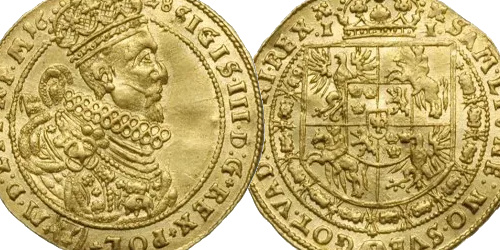consisting of a Baltic amber frame encasing a central panel carved in elephant ivory (Elephas maximus Linnaeus, 1758 or Loxodonta africana Blumenbach, 1797), enriched by four additional ivory carvings placed at the cardinal points.The central panel, carved in ivory, is the focal point of the case and depicts the Annunciation, featuring the Virgin Mary and the Archangel Gabriel, accompanied by the presence of the Holy Spirit represented in the form of a dove.The Archangel Gabriel is portrayed in motion, with a hand gesture that seems to indicate the divine origin of the message. His finely carved wings evoke angelic symbolism of protection and purity.The Virgin Mary is shown kneeling, in an attitude of humility and prayer. Her expression is solemn and contemplative, highlighting the moment of profound spiritual communion.The Holy Spirit, represented as a dove, hovers amidst rays of divine light that connect the heavens to the earthly scene.Naturalistic elements, such as the drapery of the garments, the clouds, and the ray of divine light, add depth and dynamism to the composition.The lectern, carved with floral motifs, and the tiled floor showcase great attention to detail.The frame, made of natural Baltic amber, is characterized by warm tones ranging from golden yellow to reddish-brown. It features a meticulous assembly of geometric and symbolic decorations, such as the hearts placed at the corners, which may carry religious or symbolic significance.The amber used for the frame is of Baltic origin, the most prized and valued variety since antiquity. This fossil resin is distinguished by its luster and shades, which range from honey yellow to reddish-brown. The craftsmanship of amber in the 17th and 18th centuries was a highly refined art, typical of the workshops of Danzig (present-day Gdańsk, Poland), Königsberg (today Kaliningrad, Russia), and other coastal cities of the Baltic Sea.The artifact can be dated to the 17th–18th century, a time when amber and ivory were prized materials in European courts for the creation of devotional and decorative objects. Its probable origin is to be identified in the Baltic or Central European regions (such as Danzig or Königsberg), areas renowned for their amber craftsmanship, while the ivory carving may be attributed to an Italian or German school, both known for their artistic finesse.The combination of amber and ivory reflects the taste for luxury and rarity, distinctive elements of noble or ecclesiastical commissions.Later-period case. This lot, accompanied by a CITES, is only available for sale with shipments within the European Union.
Item condition grading: **** good.The sculpture is in a good state of preservation with the normal wear and defects commensurate with its age and use over time. The amber frame is well preserved, with minimal signs of wear compatible with the age of the object. However, some small cracks may be visible, as is typical for this organic material. The central ivory is in excellent condition, with a natural patina attesting to its antiquity. No obvious fractures can be seen.
25.5 x 22.5 cm.
最近瀏覽過的
登錄以查看拍品列表
收藏
登錄以查看拍品列表































